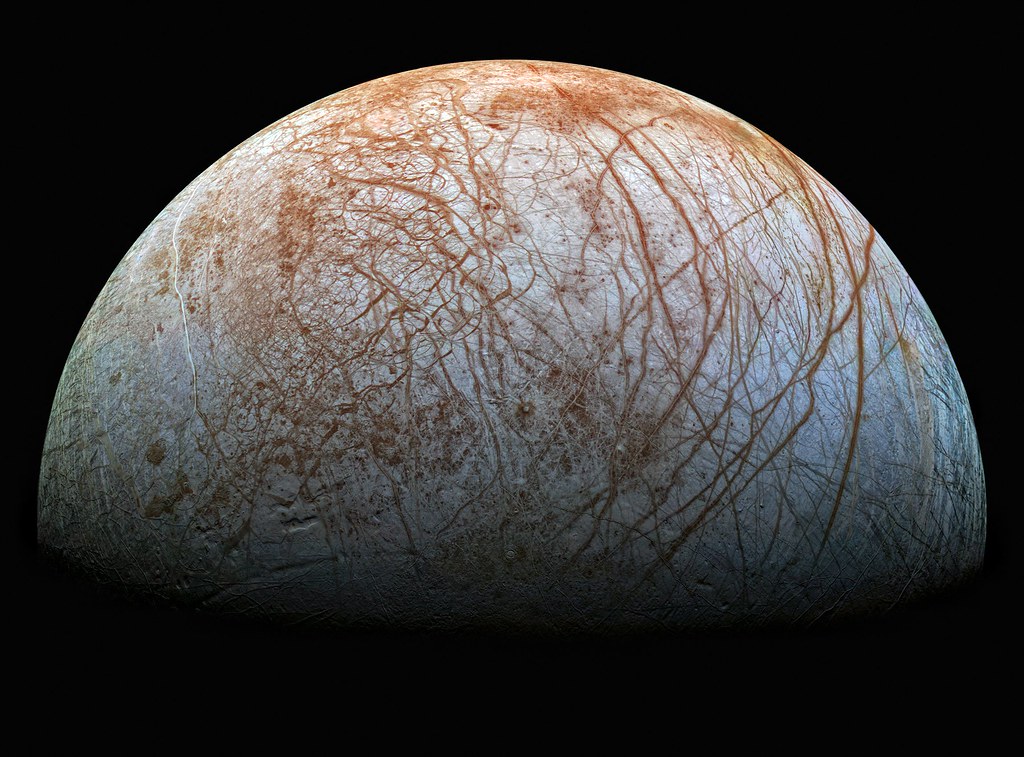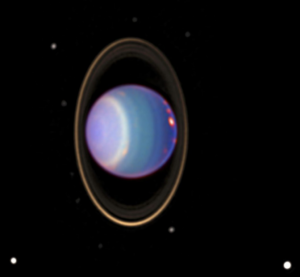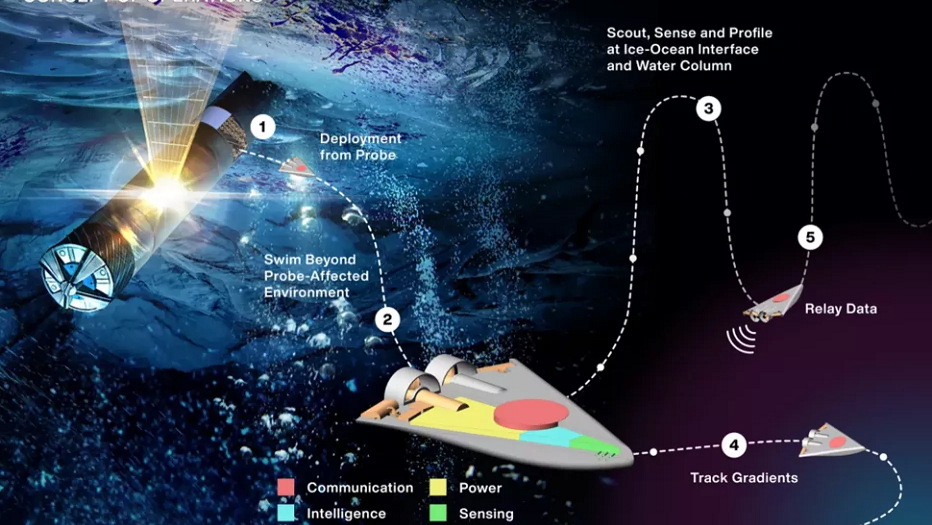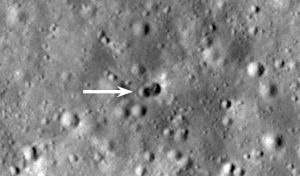
Published in the esteemed journal “Science” (DOI: 10.1126/science.adg41), a comprehensive analysis led by Geronimo Villanueva of NASA’s Goddard Space Flight Center has delineated the likely origins of this carbon. Contrary to assumptions of external sources like meteorites, the carbon seems to have emanated from the subsurface ocean itself, appearing on the surface in what is perceived as a geologically recent timeframe.
“On Earth, life likes chemical diversity – the more diversity, the better. We are carbon-based life. Understanding the chemistry of Europa’s ocean will help us determine whether it is hostile to life as we know it or whether it could be a good place for life,” explains lead author Villanueva.
“We now believe we have observational evidence that the carbon we see on the surface of Europa comes from the ocean. This is not a trivial matter. Carbon is a biologically essential element,” adds Samantha Trumbo from Cornell University in Ithaca, New York.
To delve deeper into this mystery, NASA is gearing up for the “Europa Clipper” mission, which aims to conduct a series of detailed flybys of Europa in the upcoming year, thereby furnishing insights into the moon’s life-sustaining potential.
Using the James Webb Space Telescope (JWST), scientists have now determined that carbon dioxide is most common on the surface of Europa in a region called the Tara Regio. This is a geologically young area of transformed terrain known as the “Chaos Terrain.” The surface ice was geologically altered when there was probably an exchange of material between the subsurface ocean and the icy surface.
“Previous observations with the Hubble Space Telescope had already provided evidence of salty ocean components in Tara Regio,” explains Trumbo. “Now we see that carbon dioxide is also highly concentrated there. This leads us to believe that the carbon likely originated in the inner ocean.”
“Scientists debate the extent to which Europa’s ocean is connected to its surface. I think this question drove the exploration of Europe,” explains Villanueva. “This suggests that we may be able to get some fundamental information about the composition of the ocean even before drilling through the ice to get the full picture.”
Because carbon is not stable on the surface of Jupiter’s moon, Villanueva and Trumbo’s team believe that it likely came to the surface on a geologically younger timescale – a conclusion strengthened by its concentration in a region of young terrain.
In a brief observation window using the Webb telescope, the researchers also sought evidence of potential water vapor fountains on Europa’s surface. Although prior indications from the Hubble in 2013, 2016, and 2017 suggested their existence, conclusive evidence remains elusive. The recent data from Webb did not detect any such activity. However, as Villanueva’s team elucidates, “The absence of evidence during our observation doesn’t negate their potential existence at other intervals.”
This wealth of new data holds promise for refining the objectives of NASA’s Europa Clipper mission and ESA’s Jupiter Icy Moons Explorer (JUICE), which embarked for the Jupiter system earlier this year. JUICE’s mission entails detailed surveillance of the behemoth gas planet and its trio of substantial oceanic moons: Ganymede, Callisto, and Europa.






